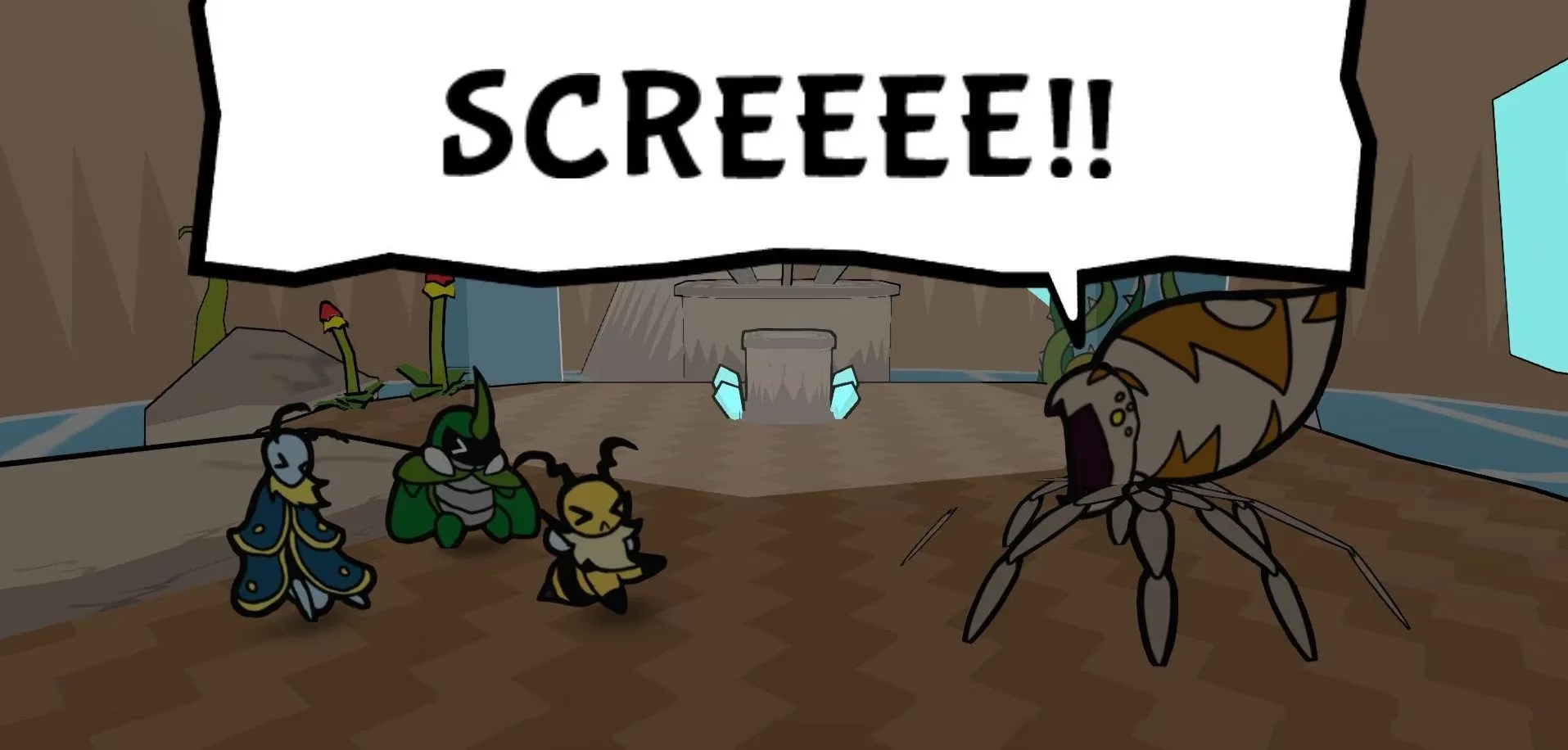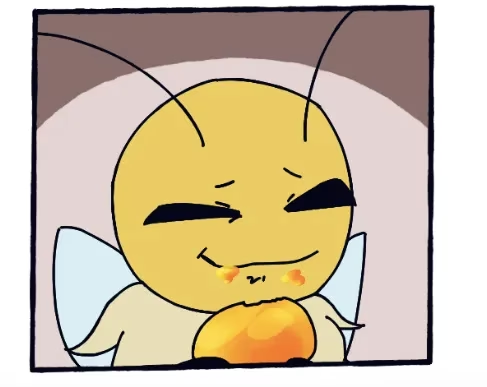Rediscovering RPG Magic: How Bug Fables Captured Paper Mario's Spirit
Discover how Bug Fables revives the beloved Paper Mario legacy with innovative gameplay, charming paper aesthetics, and nostalgic RPG magic that captivates fans.
As someone who grew up cherishing the whimsical world of Paper Mario, I vividly remember unfolding its paper-thin secrets on my Nintendo 64. That magical blend of turn-based combat, self-aware humor, and characters that felt like folded friends created something special. But when Nintendo drifted from this formula, a void opened – until Bug Fables emerged like a carefully preserved time capsule, rediscovering what made those early adventures resonate so deeply.
The Origami Blueprint: Paper Mario's Legacy

The original Paper Mario (2000/2001) transformed Bowser's tired kidnapping trope into something fresh through sheer creativity. Its paper aesthetic wasn't just visual flair – Mario could fold into a paper airplane or slip through cracks 🛩️, turning environment interaction into playful innovation. Beyond the charming visuals lay real substance:
-
Tactical badge-based combat requiring strategy over button mashing
-
Memorable partners like Kooper the Koopa or Bombette 💣
-
Dialogue bursting with humor that winked at RPG conventions
-
Unexpected emotional moments between goofy paper creatures
Like a master origami artist, Nintendo folded simplicity into complexity, creating layers of joy beneath what seemed like cardboard cutouts.
When Innovation Unfolded Wrong
After two beloved entries, Nintendo's experiments felt like tearing pages from a cherished storybook:
| Game | Departure from Core Formula | Fan Reaction |
|---|---|---|
| Super Paper Mario | Genre shift to platformer | Mixed; lost RPG depth |
| Sticker Star | Consumable sticker-based combat | Frustration |
| Color Splash | Overemphasis on touchscreen gimmicks | Disappointment |
Fans pleaded for a return to roots, but Nintendo prioritized "innovation" over the alchemy that made paper feel alive. The magic wasn't in the material – it was in how it was folded.
Bug Fables: Spiritual Metamorphosis

Developers at Moonsprout Games (initially calling it Paper Bugs) approached this void not as imitators but archaeologists. They unearthed Paper Mario's DNA and evolved it within a micro-world teeming with personality. Playing Bug Fables feels like rediscovering a favorite childhood book with new annotations in the margins. The similarities are purposeful homages:
-
Paper physics perfection: Characters flutter and fold with identical tactile satisfaction
-
Turn-based combat 🎯 with action commands and partner abilities
-
Warm, witty writing that balances humor and heart
Yet their innovations shine brightly:
-
A D&D-inspired adventuring party (stoic knight Vi, mysterious sorcerer Kabbu, scholarly Leif)
-
Environments exploring grass forests and termite mounds with verticality
-
A "hard mode" medal satisfying RPG veterans craving challenge
Like a caterpillar’s metamorphosis, they consumed the nutrients of inspiration and emerged with iridescent new wings.
People Also Ask
-
Why did Paper Mario abandon RPG mechanics? Nintendo's pursuit of hardware-specific gimmicks (Wii U touchscreen, 3DS stickers) overshadowed core gameplay.
-
Does Bug Fables feel derivative? It transcends imitation like a cover song revealing new dimensions in familiar lyrics – the bug perspective fundamentally reshapes exploration and storytelling.
-
What makes paper aesthetics timeless? The physicality creates tactile intimacy; seeing a character crumple when sad connects emotionally like pressed flowers in a diary 💌.
The Unfolding Future
Bug Fables' success (now on Switch, PS5, and PC) proves some formulas don't expire – they mature. Its reception was a whispered reminder that innovation shouldn't mean abandoning what resonates. Watching Vi’s needles pierce through leaves or Kabbu’s horn lift rocks, I’m struck by how these tiny creatures carry enormous legacy weight. They’ve become unexpected librarians preserving a fading genre language.
Yet lingering questions flutter at the edges: When does homage become confinement? Can tradition and innovation coexist like symbiotic fungi in this decaying log we call gaming? Perhaps the answer lies not in the medium – paper or chitin – but in the creases where heart and mechanics fold together into something greater than their parts.